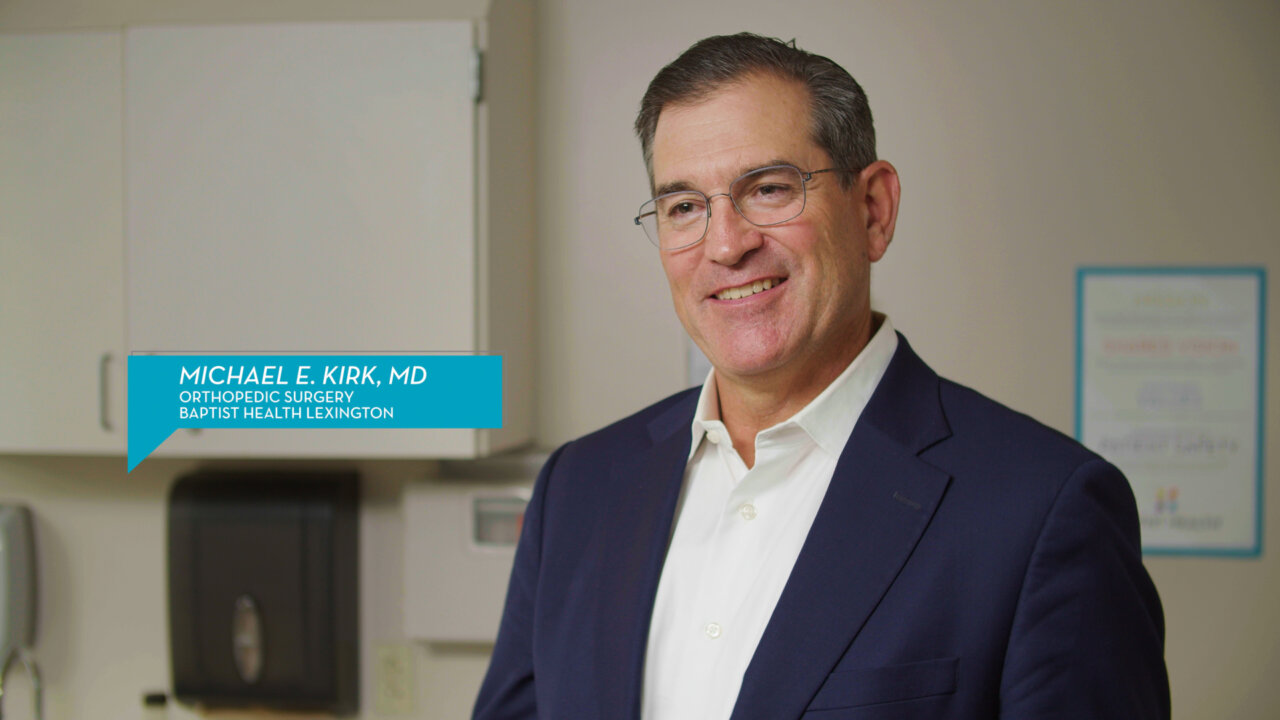Lexington Telehealth for Rural Stroke Patients
Telehealth for Rural Stroke Patients
Murali Kolikonda, MD, Neurology Baptist Health Lexington
Murali Kolikonda, MD:
Whenever we have an acute stroke patient who comes to our emergency department, we act in the fastest way we can. Time is the most important — a key thing for treatment of acute stroke patients. Every second, it kills millions of neurons. We would like to bring expertise to our rural communities — our sister hospitals — which are in a remote location.
To bring stroke expertise, we brought the telestroke program, where you log in to the portal and you can access the patient via video. As the patient goes into the emergency department, you can examine the patient and you can access the imaging and you can make decisions. We have shortened our time to giving clot-busting medication, an expertise you can actually bring to the bedside remotely. That is the reason our telestroke [program] has been very effective in remote communities where we do not have vascular neurology expertise.
Through these services, we not only provide acute stroke services, but we also follow up the next day when they get admitted to the hospital. That gives a good continuity of care. When we started our telestroke program, we focused on the east region, but since then, we have expanded. As a systemwide initiative, we were able to take care of all our acute stroke patients in all the different markets — the central market, west market and east market — and deliver the care in a timely fashion.


